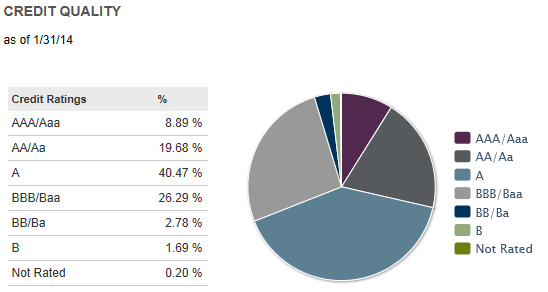TaxEquivalent Yield – Understanding Your Real Rate of Return
Post on: 29 Май, 2015 No Comment

Tax-Exempt Securities Can Boost Real Returns
When investors are looking for safer investments that generate income, most think about bonds. There are many types of bonds, from corporate, government, and municipal bonds. These types of investments are different from stocks as they try to generate regular income as opposed to increase in value due to capital gains. But one class of bonds are unique in that they are generally exempt from federal, and often even state taxes.
Municipal Bonds and Tax Benefits
Interest on municipal bonds, and some municipal bond funds, is exempt from federal income tax. In addition, if you reside in the state or municipality where the bond was issued, it may be exempt from state income tax.
Because of these tax breaks, those in higher income brackets may seek these types of bonds in order to avoid paying taxes on the interest that’s generated. Even though those in higher tax brackets will see greater benefit, anyone looking for a fixed income investment may benefit. The key is to understand how to compare interest rates between tax-exempt and taxable investments.
Finding the Tax-Equivalent Yield
Usually, comparing two bonds is easy. The one with the higher interest rate will yield more money over time. But, you can’t simply compare interest rates when looking at tax-exempt bonds. For example, if you have a taxable bond that pays 3% interest, your real rate of return would be less than that since you have to pay taxes on the interest.
Tax-equivalent yield = interest rate (1 – your tax rate)
In this example, let’s assume you’re in the 25% tax bracket. So, if you want to know the real rate of return on a municipal bond paying 2.5%, let’s do the calculation:
Tax-equivalent yield = 0.025 (1 — 0.25). or 0.025 0.75 = 3.33%
This means you’d need to find a savings account, CD, or bond paying at least 3.33% in order to achieve the same rate of return as the 2.5% municipal bond. Of course, in this example we also didn’t include the possibility of savings in state taxes as well.
Make Sure You’re Comparing Interest Rates Correctly
When looking at income producing investments, it is important to make sure you’re comparing apples to apples. While many tax-exempt bonds may appear to have a lower interest rate, you really won’t be able to determine your real rate of return until you calculate the tax-equivalent yield.














